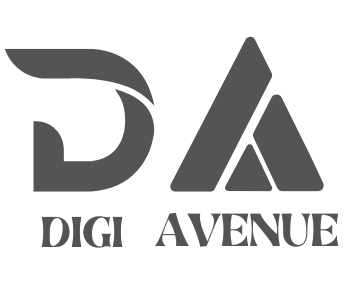Creating SEO-friendly content that ranks well on search engines involves a mix of strategic planning, keyword research, high-quality writing, and technical optimization. Here’s a step-by-step guide to help you create content that both users and search engines love:
🔍 1. Keyword Research
Start with finding the right keywords—terms your audience is searching for.
-
Use tools like: Google Keyword Planner, Ahrefs, SEMrush, Ubersuggest.
-
Look for: High volume + low/medium competition keywords.
-
Include: Long-tail keywords (more specific = easier to rank).
✅ Example: Instead of just “SEO,” target “how to write SEO-friendly blog posts.”
🧠 2. Understand User Intent
Google ranks content that satisfies what the user actually wants.
-
Types of intent:
-
Informational: “how to cook pasta”
-
Navigational: “Facebook login”
-
Transactional: “buy running shoes online”
-
Make sure your content aligns with the intent behind the keyword.
✍️ 3. Create High-Quality, Valuable Content
Search engines prioritize helpful content.
-
Be comprehensive: Cover the topic thoroughly.
-
Use headers: Break up content with H2s and H3s.
-
Add media: Images, videos, infographics = more engagement.
-
Keep it original: Avoid duplicate content.
💡 Tip: Look at the top 3 results and aim to make yours even better.
🧾 4. On-Page SEO Optimization
Optimize content to make it easier for search engines to understand.
-
Title tag: Include your keyword near the beginning.
-
Meta description: Write a compelling summary with the keyword.
-
Headings (H1, H2, etc.): Use structure + include keywords naturally.
-
URL: Keep it short and keyword-rich (e.g.,
/seo-friendly-content). -
Internal linking: Link to related posts/pages on your site.
-
Alt text: Describe images for accessibility and SEO.
📱 5. Mobile & UX Optimization
Google uses mobile-first indexing—optimize for mobile users.
-
Use responsive design.
-
Improve page load speed (Google PageSpeed Insights helps).
-
Use clean, readable formatting.
-
Avoid intrusive pop-ups.
🔗 6. Build Backlinks
Backlinks = authority. The more high-quality sites that link to your content, the better it ranks.
-
Strategies:
-
Guest posting
-
Sharing on social media
-
Outreach to bloggers/influencers
-
HARO (Help A Reporter Out)
-
📊 7. Track & Optimize
Use data to improve.
-
Tools: Google Analytics, Google Search Console, Ahrefs.
-
Check:
-
Click-through rate (CTR)
-
Bounce rate
-
Time on page
-
Rankings over time
-
-
Update old content: Refresh stats, add new info, optimize better.
Bonus Tips
-
Use schema markup for rich results (FAQ, How-To, Reviews).
-
Write for humans first, search engines second.
-
Avoid keyword stuffing—natural placement is key.
-
Consistency is crucial: blog regularly to build topical authority

